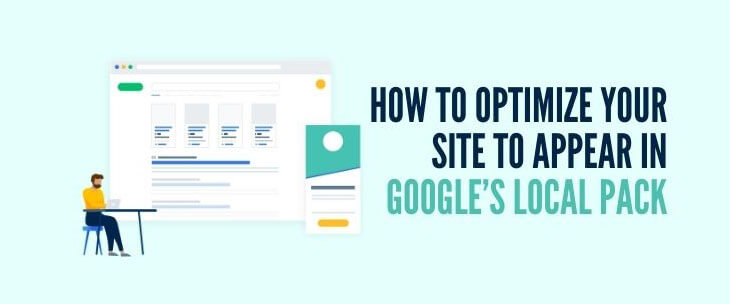Google announced the upcoming removal of Google Signals from reporting identities in Google Analytics 4 (GA4), which will take effect Monday, February 12th. Overall, this is part of Google’s initiative to further protect user privacy and ensure specific user identities cannot be correlated in drill-down reports. Google will still retain all of this information, but is limiting access to those reports.
Explaining Google Signals
Google Signals is an analytics feature within GA4 that leverages the information Google has about users based on Google profile information, search history, and behavior. As a contributor to reporting identity, Google Signals anonymously tracks signed-in users to provide marketers with an accurate picture of the buying journey in thorough and uniformed datasets. These reports provide marketers with behavioral insights that are instrumental to making data driven decisions in PPC management.
What To Watch
Without Google Signal inputs, GA4’s Explore (which is their more advanced drill-down reporting), will be affected, making it all the more challenging for marketers to identify their best converters.. This will denigrate the purview into specific audience behaviors by age, device, geography, gender, and interests.
Not To Worry
This may sound alarming, but any default GA4 report, or those built-in prior to the change, won’t be impacted. Similarly, new explore reports should deemphasize thresholds that are applied in the minutiae of data aggregation, often muddying the waters. Data thresholding occurs when drilled down reporting does not meet Google’s minimums for aggregation and could prove to make user privacy vulnerable, in which case Google will exclude the data from your reporting when flagged. This should improve the user experience in reporting analysis as a whole and empower operators to make better informed account decisions holistically.
Moreover, Google will still retain all of the Google Signal information to best utilize and optimize for Google Ads. While they’re changing what the end-user sees, they’ll still leverage this information for audiences and campaigns in Google Ads.
Safeguarding Insights
To determine whether this will impact your reporting needs, follow the steps below to ensure your marketing efforts are not negatively affected.
- Create an Explore report within any of the demographic targets mentioned (age, gender, location, etc.) in a segment overlap or free form and take a screenshot of the data or open the report in a duplicate tab.
- Disable the “Include Google signals in reporting identity” option for your property. To do this, access the “Admin” page under Property settings > Data collection and modification > Data collection > Google signals data collection. Example screenshot below.

- Make sure the same report is in the second tab and refresh the page. If there are any data discrepancies, your reporting will be impacted. If there are no noticeable changes, your reporting may not be affected when the update comes in February.
Other Things To Consider
GA4 accounts default to using Google Signals, User ID, Device ID, and modeled data when available. Otherwise known as “Blended.” This change will remove Google Signals from the reporting identities Blended and Observed, listed below. Users can adjust this setting through the Admin profile, under Reporting in the Data Display. For those using device-based reporting already, this change will not be impacted.

Conclusion
Ultimately, this is part of a broader trend into automation features that place trust in the Google platform as a whole. At the end of the day, visibility is partially limited to protect user-privacy, while still providing the tools necessary to effectively engage interested parties from a marketing perspective. However, no one likes surprises, so be sure to verify which of your reports will be affected or schedule a complimentary account audit for assistance. As platform technologies continue to evolve, stay tuned on further updates to ensure your digital strategy is ahead of the curve.





